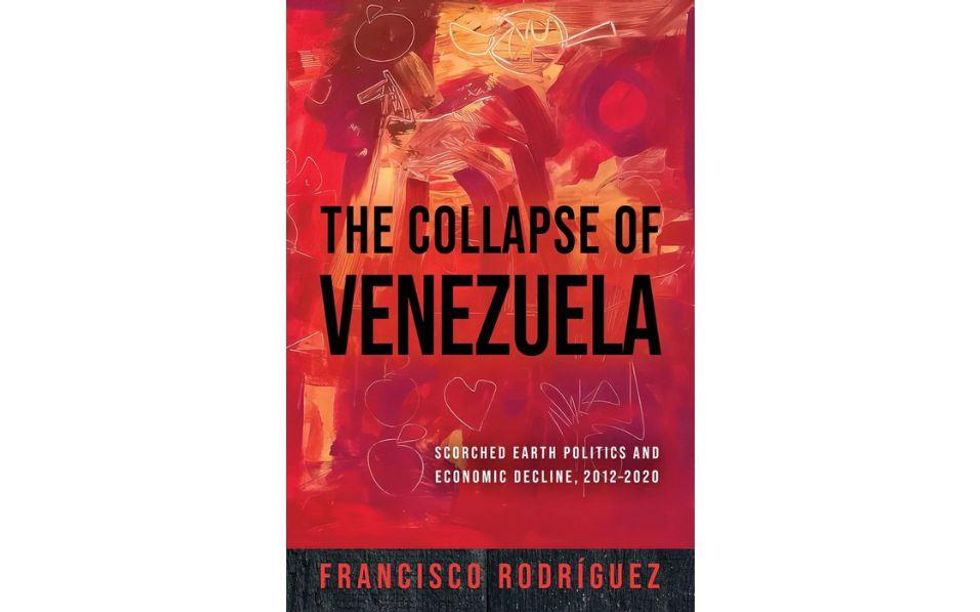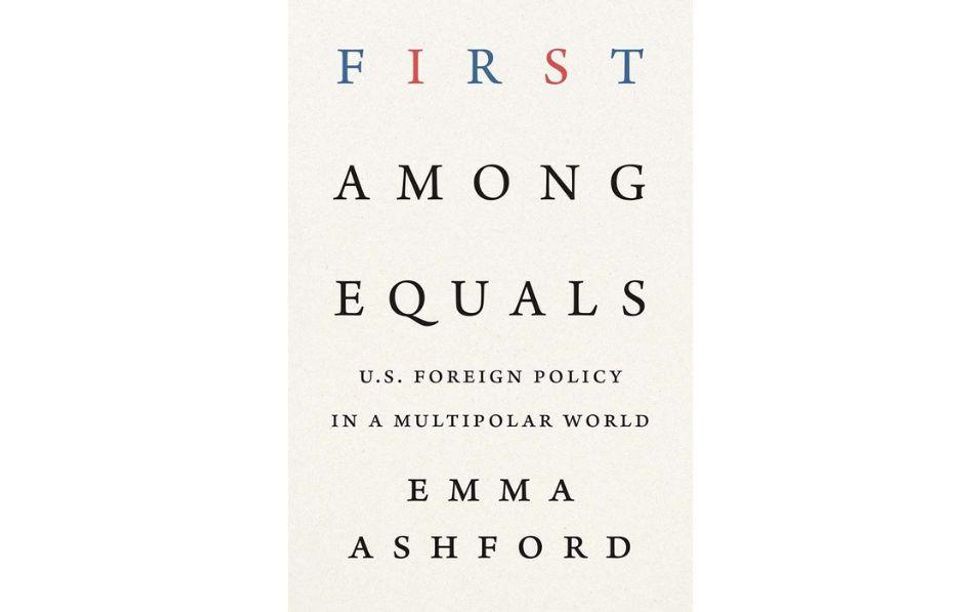After a long voluntary hiatus from the Syrian political process, the Trump administration makes a comeback this week with the imposition of the “Caesar Act,” U.S. sanctions on the Syrian regime and its backers in Moscow and Tehran. While this move is overtly under the banner of protecting Syrian civilians, it conceals a U.S. approach to disrupt any Russian attempt to end the Syrian conflict on its term without U.S. preconditions. The Trump administration is launching a new phase of U.S. policy in Syria, an approach with neither guaranteed results nor a broad strategic framework or a strong mechanism to implement it.
After six years of deliberations within Congress and with the White House, the "Caesar Act" is now a reality at a critical time of political mobility and difficult economic conditions throughout Syria and the Levant. The repercussions of this move began before its official entry into force on June 17 as events over the past months have proven: Russian-Iranian tensions in Syria with most notably the feud between President Bashar al-Assad and Rami Makhlouf, his cousin and powerful businessman, the U.S.-Turkish alignment of interests, and the depreciation of the Syrian and Lebanese liras against the U.S. dollar.
The current text of the “Caesar Act” is a mild version of the original draft that once included a proposal to institutionalize a no-fly zone over Syria, however the lack of appetite in Washington for intervening in Syria lowered the expectations.
Ultimately, portions of the initial “Caesar Act” were incorporated in the National Defense Authorization Act for FY 2020. This breakthrough came last December when a bipartisan consensus emerged in the Senate to set a course for U.S. policy in Syria as Trump was fumbling two months earlier by allowing Russia’s expansion east of the Euphrates River as a direct consequence of giving a subtle green light to the Turkish incursion in Syria last October.
The “Caesar Act” is inherently a U.S. recognition on paper that the Syrian war is over and that the Trump administration’s endeavor is now to preserve the American gains in Syria and provide minimal protection for Syrian territories under Turkish control from a possible and recurring Russian offensive.
Washington is putting Moscow on notice that there is no free pass out of the Syrian conflict without meeting the bare minimum of U.S. requirements. This U.S. veto will overshadow this conflict at least until the Syrian presidential elections next year, hence by enacting the "Caesar Act," the U.S. opens the bidding bazaar over Syria among the influential powers in the war-torn country.
The “Caesar Act” enshrines the basic premises of U.S. policy towards Syria since 2011, that is, not resorting to military options to achieve goals, with the exception of anti-terrorism and deterrence, and not to become directly involved in the Syrian civil war. Instead, the Trump administration is taking a familiar route of coercive diplomacy through economic sanctions seeking to alter the Russian calculations and subsequently the dynamics of the Syrian conflict.
However, unlike the U.S. sanctions on Iran, the “Caesar Act” does not have strong implementation mechanism and gives the U.S. administration leeway more than it is usually required to the executive branch in congressional bills. This gives Trump, or any president after him, flexibility in negotiating with Russia and leniency with Washington's allies in neighboring countries regarding these Syria sanctions.
The "Caesar Act" includes four broad dimensions that reflect not only the U.S. thinking about the matter but also the limits of its power. The first related to protecting Syria civilians, which is an attempt to prevent a military resolution in Idlib and to reinforce the current status quo in the territories under Turkish influence.
The “Caesar Act” is an affirmation of the recent U.S.-Turkish rapprochement in Syria and beyond, as Washington continues efforts to keep Ankara away from Moscow as much as possible. However, the horizon of this tactic is limited because it depends to a large extent on Russia's positive response to U.S. pressure, while Turkey may not be ready to go far in siding with the U.S. given its deeply rooted support for the Kurdish led Syrian Democratic Forces (SDF). The U.S. administration may also find its hands forced if Moscow decides to turn the table and relaunch a military operation in Idlib.
The second dimension tackles the Syrian political process by putting forward issues that matter for the Syrian opposition such as releasing political detainees and holding perpetrators of war crimes accountable. This of course incidentally comes as the Trump administration just sanctioned officials in the International Criminal Court.
Moreover, the U.S. assistance in this context, as stipulated in the Act, is limited to allowing the federal authorities to help collect evidence to support the efforts of international institutions conducting criminal investigations, while merely pledging that there is no U.S. legal/judiciary assistance to Syria as long as Bashar al-Assad is in power. It is increasingly clear that Syrian domestic issues remain much more negotiable for Washington than its own strategic gains in Syria.
Third, the Act leaves open the issue of Assad’s political future by stating that the sanctions are aimed “to compel the government of Bashar al-Assad to halt its murderous attacks on the Syrian people and to support a transition to a government in Syria that respects the rule of law, human rights, and peaceful co-existence with its neighbors.” It refers to "the government of Bashar al-Assad" without explicitly asking the Syrian president to step down nor his regime to fall while not mentioning once the Syrian opposition.
There is little the U.S. can do or is willing to do when it comes to the Assad regime beyond sanctioning and these designations do not seem to be set in stone as it was the case previously with the U.S. engaging Libya’s Moammar al-Qadhafi before the “Arab Spring” and Sudan’s Omar al-Bashir post Arab Spring. Beyond the U.S. requirement from Russia to diminish the Iranian influence, which Moscow does not object, Moscow can potentially fulfill these U.S. demands within a carefully crafted Russian scenario that maintains the status quo.
Fourth, the leverage of these sanctions with Russia and Iran — already under U.S. sanctions, hence the “Caesar Act” — might have limited impact on their respective ongoing roles in the Syrian conflict, and Trump’s rising tensions with China might give an incentive to Beijing to fill the investment vacuum left in Syria.
The “Caesar Act” will, however, inevitably affect Washington's allies in the region and increase economic pressure on the Syrian regime. It sends a clear message to neighboring countries that were considering rapprochement with Damascus such as Lebanon, Jordan, Iraq, the United Arab Emirates, and even Turkey, which entertained earlier this year a Russian mediation opening channels with Damascus.
Washington has the upper hand at this moment as Moscow is growing anxious about the economic burden of the Syrian conflict and the U.S. sanctions could hinder the reconstruction process in Syria and deprive it from potential Gulf investment. But there are no guarantees for the success of the "Caesar Act" and the volatile U.S. domestic politics means Washington might not be in it for the long haul.
Achieving the objectives of the “Caesar Act” requires intensive U.S. diplomacy and inevitable engagement with Moscow, which does not seem feasible during a U.S. presidential year. The U.S. is showing willingness to disrupt Russian and Iranian victory, which is thrilling for the Syrian opposition that has long been longing for U.S. leadership. However, when the dust settles, Washington is not offering a coherent strategy nor a clear path to achieving it.
























